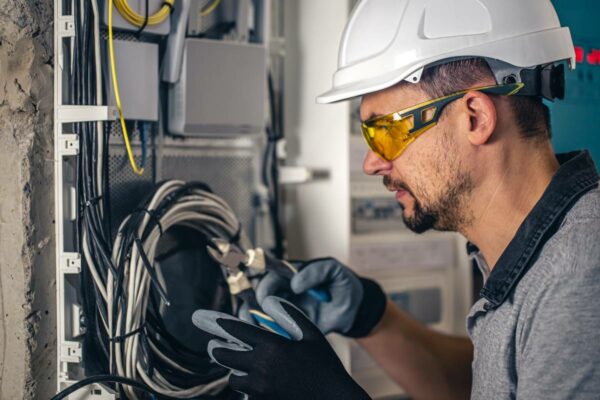Installation of the network cable system includes work:
– Installation of main channels
– Laying of main channels, including the introduction of the main sources of communication (telephony, Internet, cable).
– Cabling and installation of client workstations, including internal cabling, installation of cable boxes, installation of sockets.
– Assembly, installation, crossing of switching nodes, server room.
– Testing of the cable system.
– Labelling, preparation of working documentation.
Twisted pair cable is a special cable consisting of four pairs of copper conductors twisted together. Thanks to this design, it is possible to significantly reduce the impact of various kinds of interference. Cables are widely used when creating a local area network – this method of transmitting and receiving information deservedly remains the most reliable, fast and convenient.

Today, in the world of high Internet speeds, to maximise the full potential of a router and other network devices, it is extremely important that the twisted-pair network cable meets the highest protection class. The technology, which transmits information about wires in the form of electrical impulses, is highly susceptible to the ambient electromagnetic field.
The cheapest network cables (UTP) have a thin braid inside which twisted pairs of wires are laid without any additional content. I would not recommend using such a cable even for the most basic connection of a computer to a router.
But more often you can find Ethernet cables with shielding – additional protection in the form of a similar foil laid under the braid to protect against external interference. This category of twisted pair is quite suitable for solving most everyday tasks for connecting to a router.



